11 Things Gen X Kids Did In School That Children Today Won’t Experience
Younger generations of kids will never know how totally rad (or completely bogus) these experiences really were.
 PeopleImages.com - Yuri A / Shutterstock
PeopleImages.com - Yuri A / Shutterstock Nostalgia is a bittersweet feeling, one that leads people to remember the good parts of their younger years while glossing over the difficulties. Life moved more slowly in the pre-internet era, which made things feel a little simpler than they do now, while other things were harder to access. Students in the '70s, '80s, and early '90s were taught a different set of skills, and many of the things Gen X kids did in school back then, children today won’t ever experience.
As older generations chart the course that their lives have taken, they often reflect on all the things that were better back in the day. Every generation has their own troubles, yet for every struggle, big or small, there were bright spots that made the hard parts worth it.
Here are 11 things Gen X kids did in school that children today won’t experience
1. Using card catalogs in the library
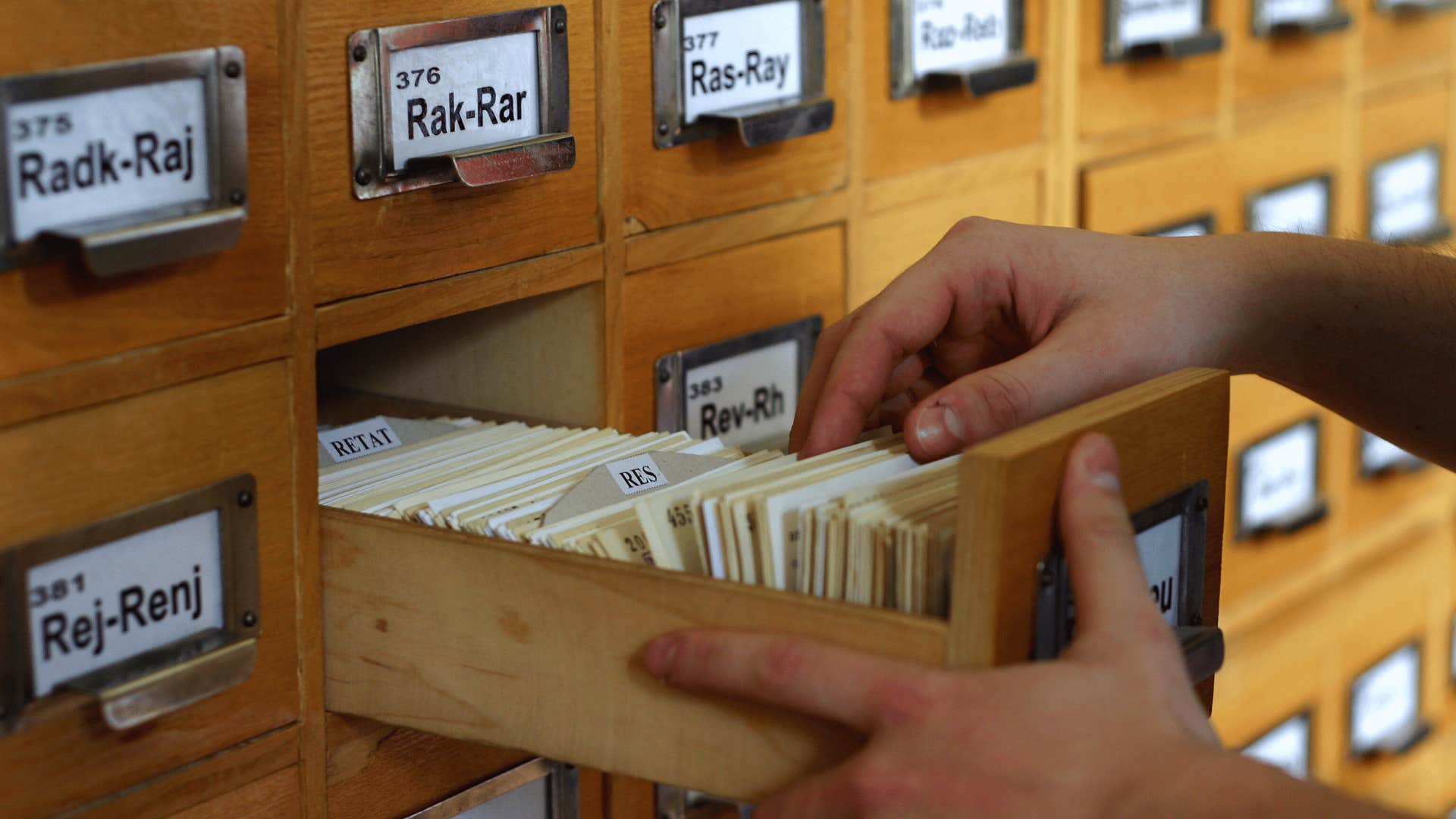 Wuka from Getty Images via Canva
Wuka from Getty Images via Canva
When it comes to doing research, kids today are used to getting instantaneous information. Gen X kids had to put in way more effort to find supporting evidence for their assignments. Every time a Gen X kid took a book out from the library, they had to use a card catalog.
They stood in front of that large wooden cabinet and rifled through drawers filled with alphabetically-organized index cards. The cards were filed by the author’s name, book title, or subject. Once Gen X kids gathered that information, they could find the book they needed on the library shelves.
Card catalogs were a defining feature of the Gen X childhood experience, though they existed long before Gen X came along. The first card catalog system hit U.S. libraries in the 1870s. The original cards were handwritten, but by 1901, the Library of Congress started selling printed cards. Electronic catalogs and online databases have since replaced the analog process, which is why flipping through card catalogs is a time-honored tradition that today’s kids won’t ever experience.
2. Passing notes to friends
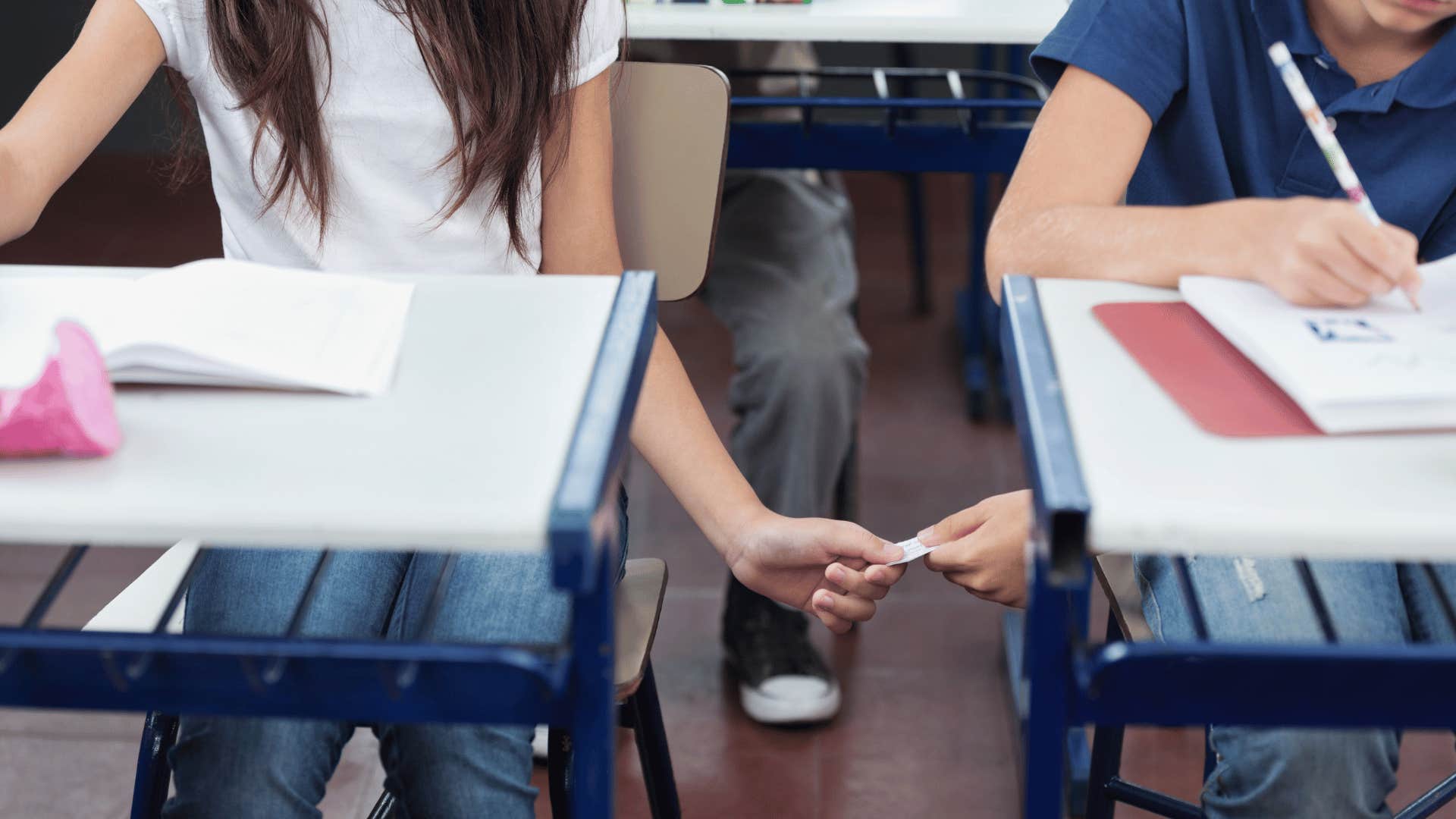 Tyler Olson / Shutterstock
Tyler Olson / Shutterstock
Sitting through math class is boring, no matter what generation you belong to, but Gen X kids kept themselves entertained in a way that children today won’t experience. They didn’t have cell phones to sneak out of their backpacks and send furtive texts. Instead, Gen X kids mastered the fine art of passing notes across the classroom, right under their teacher’s nose.
Passing notes was an exercise in patience. Gen X kids knew exactly when to lean over and slip a folded piece of paper into the palm of the kid sitting next to them. Their notes traveled the expanse of the classroom, from row to row, until they reached their final destination.
Notes weren’t the only paper-based form of entertainment Gen X kids used to pass the time. They tore sheets from their spiral notebooks to make cootie catchers and play games of MASH, which mapped out their futures, including who they would marry and whether they’d live in a shack or a mansion. While today’s kids download games on their phones, Gen X kids knew how to make their own fun with just pen and paper.
3. Playing on metal playground equipment
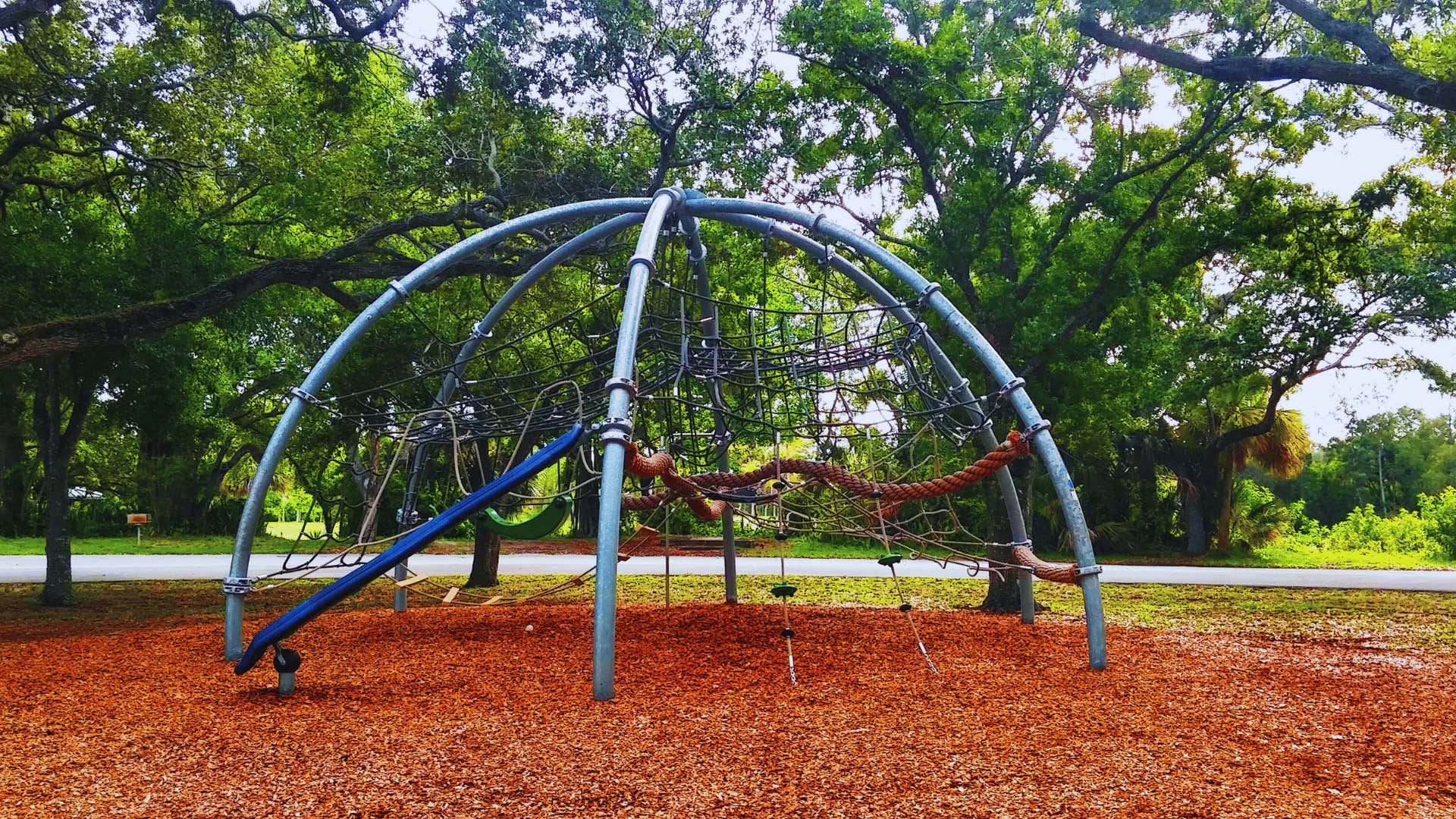 Oze Creatives via Canva
Oze Creatives via Canva
Safety wasn’t much of a concern for Gen X kids. They rode bikes without helmets, drank water from garden hoses, and spent much of their young lives unsupervised. Yet even when they were on school grounds, there weren’t many precautions in place, especially on playgrounds.
Gen X’s playground equipment was made of metal, which was just as uncomfortable and dangerous as it sounds. There were no standardized safety measures back then, which meant playgrounds were built on concrete and gravel. The metal structures were covered in lead paint, which could lead to health issues like blood poisoning, concussions and cuts.
For Gen X kids, going down a slide in the summertime could easily burn the back of their legs. Swinging on metal monkey bars left blisters all over their hands. Playing tetherball was a game of chance, since more often than not, the ball would swing around and smack them right in the face. Gen X kids were raised to be tough, and their playground experience solidified their toughness.
4. Trading sticker collections
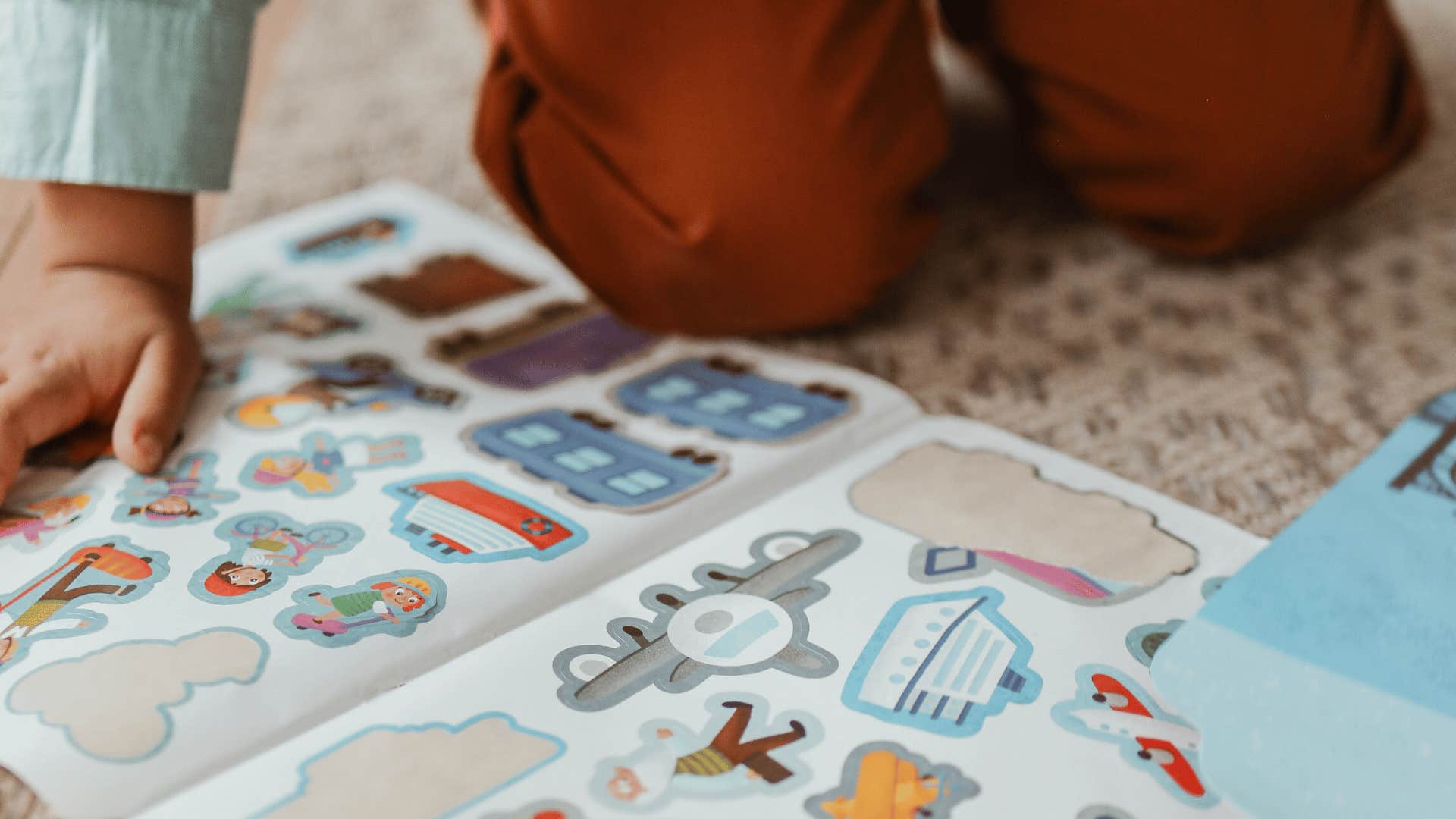 Polina Tankilevech from capturenow via Canva
Polina Tankilevech from capturenow via Canva
For Gen X kids, having an extensive sticker collection was the epitome of being cool. Their teachers gave out stickers for good grades, yet Gen X kids knew there was so much more to the world of stickers than a silver star or an apple or a generic sticker that said “Nice work.”
Gen X kids operated their own underground economy of sticker trading. They carried sticker books in their Trapper Keepers, pulling them out in the hallway to exchange their goods. They knew that fuzzy stickers were a high-value item. They knew that oily stickers were worth more than any regular sticker.
Most of all, Gen X kids knew the sweet and sometimes gross joy of Scratch ‘n Sniff stickers. Those coveted stickers came in all sorts of scents, spanning from fairly normal, like banana and melon, to truly weird, like pretzel, bandage, and egg custard.
For Gen X kids, stickers were more than just decoration, they were a form of social capital. While children today can send as many memes and emojis as they want, they won’t experience the tangible excitement of getting a brand new sheet of stickers for their very own album.
5. Drinking from the water fountain
 gerenme from Getty Images Signature via Canva
gerenme from Getty Images Signature via Canva
Children today won’t experience waiting for their turn for the water fountain after a sweaty game of dodgeball, since most of them carry their own water bottles with them. Gen X kids got their hydration straight from the source, slurping lukewarm water from drinking fountains, found in every school hallway.
In his book “Drinking Water: A History,” environmental law professor James Salzman traced how water consumption trends have changed over time. Bottled water companies started their rise to domination in the '70s and '80s with aggressive marketing campaigns. They preyed on people’s fears that pollution, contamination, and disease would reach the public water supply.
According to a study from the National Resources Defense Council, bottled water isn’t necessarily safer than tap water, since tap water is subject to federal regulation, while some bottled water brands contain chemical contaminants above state health limits.
“People's expectations are changing, and more and more, hydration is seen as a personal responsibility, not a public responsibility, which didn't used to be the case,” Salzman explained. Still, single-use plastic water bottles do irreparable damage to the environment, which could mean that drinking fountains might make a comeback.
6. Correcting mistakes with White-Out
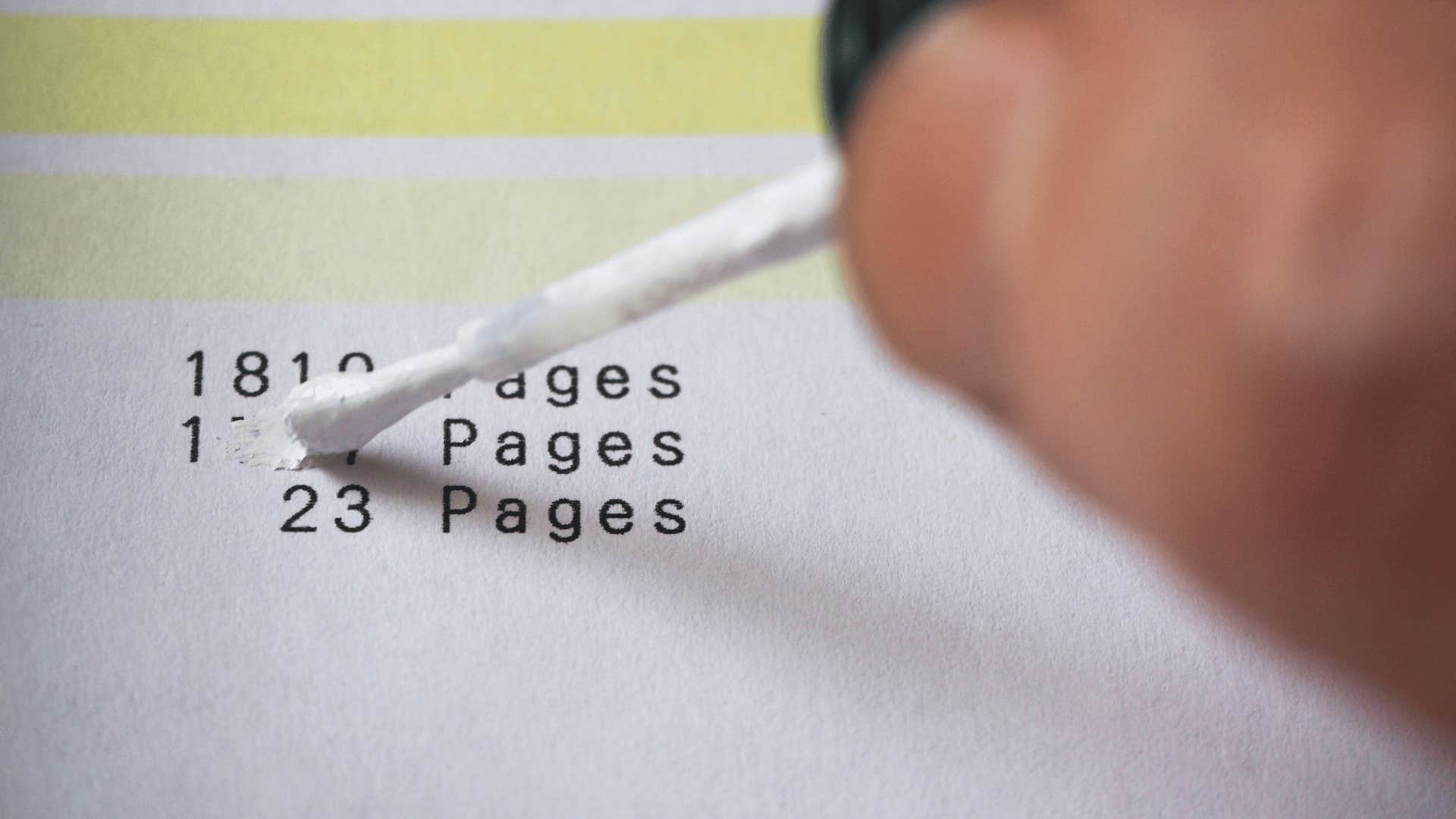 Hsyn20 / Shutterstock
Hsyn20 / Shutterstock
Gen X kids had a love-hate relationship with White-Out. Without computers, Gen X kids wrote school papers long-hand or they used typewriters. They used painstaking care to dab White-Out over any mistakes they’d made, then waited for what felt like hours for it to dry so they could pencil in their corrections. If they made their move too soon, they’d smear White-Out all over their pristine research paper.
While it seems old-fashioned now, once upon a time, White-Out was a truly revolutionary office product. It was invented in the 1950s by a secretary named Bette Nesmeth Graham, who founded the Mistake Out Company to sell her paint-based concoction. She later rebranded her company with the name Liquid Paper, which became a mainstay for office supplies.
Gen X kids kept miniature bottles of that corrective liquid on hand for every assignment — and for painting their nails during study hall.
7. Waiting for the pencil sharpener
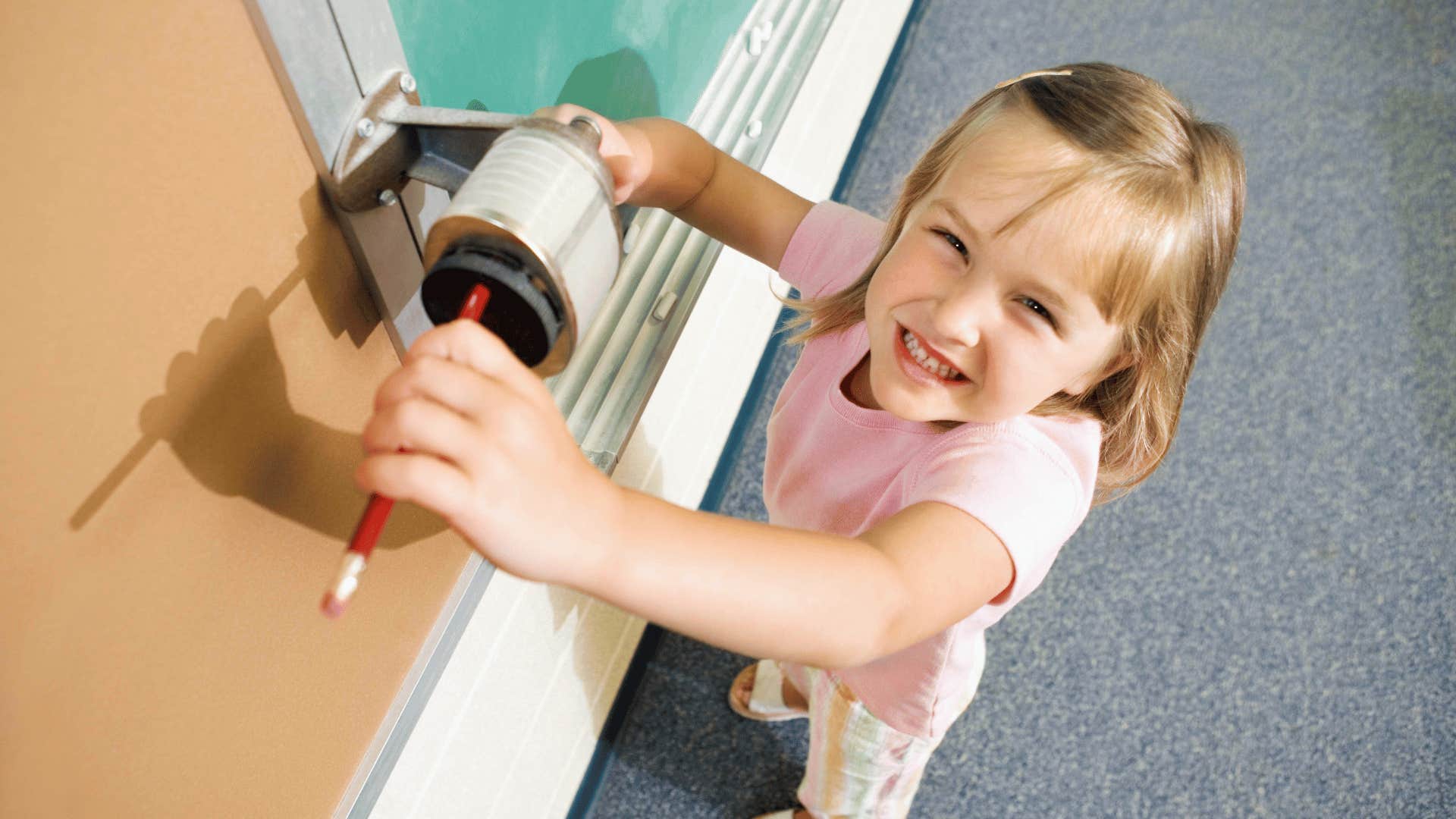 Jupiter Images via Canva
Jupiter Images via Canva
Today’s children miss out on the pivotal Gen X experience of waiting to use the one wall-mounted pencil sharpener in their classroom. For Gen X kids, taking a test meant filling in Scantron test bubbles with their number 2 pencils. They weren’t allowed to get up during the middle of a test, so they had to sharpen their pencil collection ahead of time, just in case the lead tips broke off.
Before every test, Gen X kids gathered in an uneven line to wait for the pencil sharpener. One especially lucky student got to empty the pencil shavings into the trash, which today would be considered some kind of ASMR.
Using a pencil sharpener was harder than it seemed. If you turned the lever too many times, your pencil would break. Getting that perfect point on a pencil was a delicate procedure, one which today’s children will never experience.
8. Wearing slap bracelets
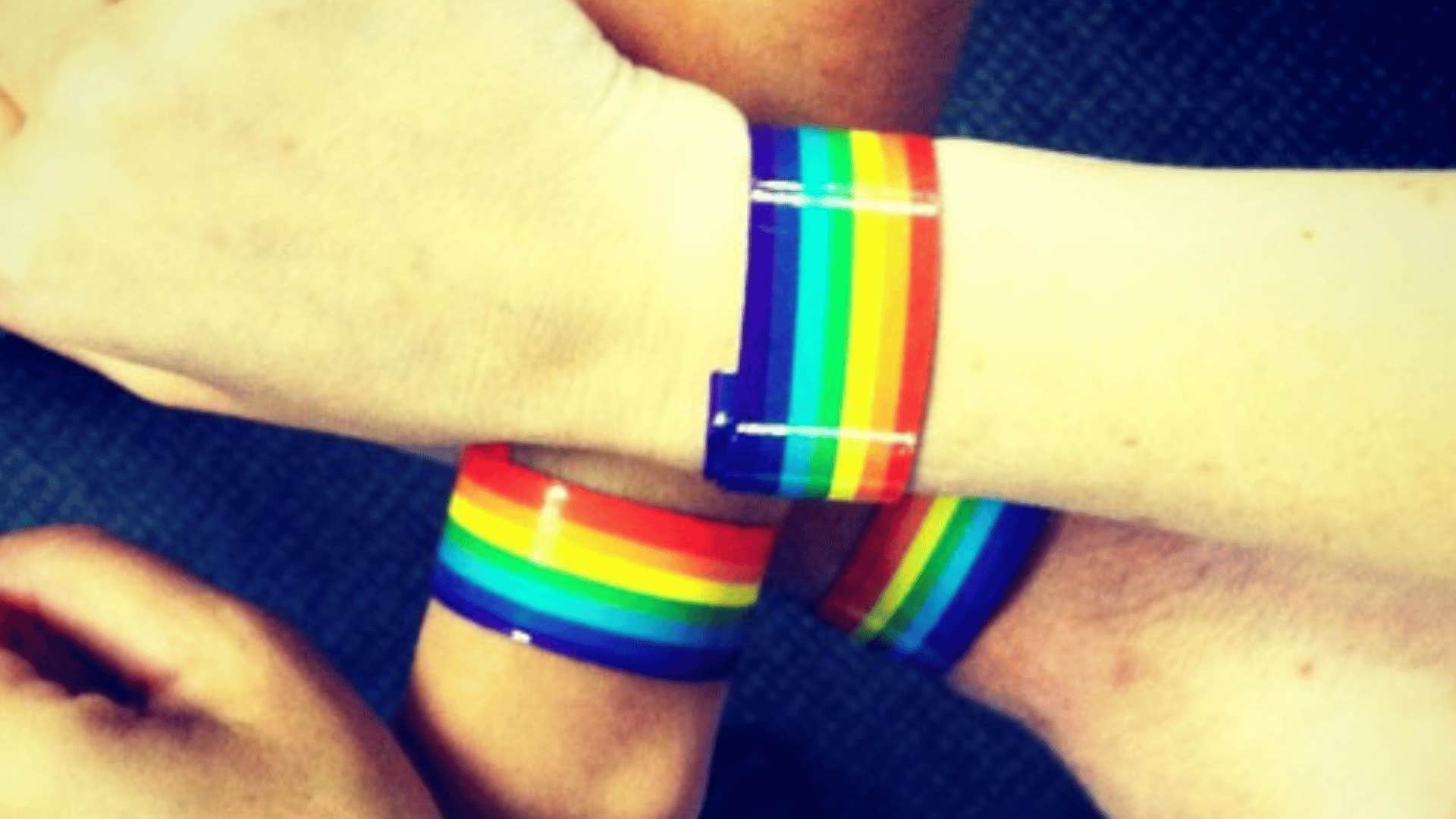 Hey Paul Studios via Flickr
Hey Paul Studios via Flickr
Today’s kids might dress like it’s the early '90s, but they’ll never experience the highs and lows of slap bracelets. In their original iteration, slap bracelets were called “slap wraps.” They were invented by a shop teacher named Stuart Anders, who figured out how to wrap metal measuring tape in fabric. His ingenious invention was adopted by the Main Street Toy Company, which developed into the ultimate Gen X fad.
Slap bracelets were fashionable and functional. The neon fabric made a serious fashion statement and they made a really satisfying sound every time you smacked yourself or another kid with one. Despite their origin in the school system, slap bracelets were banned under the guise of being dangerous, which is why children today won’t experience the chaotic joy of slap bracelet fights.
9. Having report cards mailed home
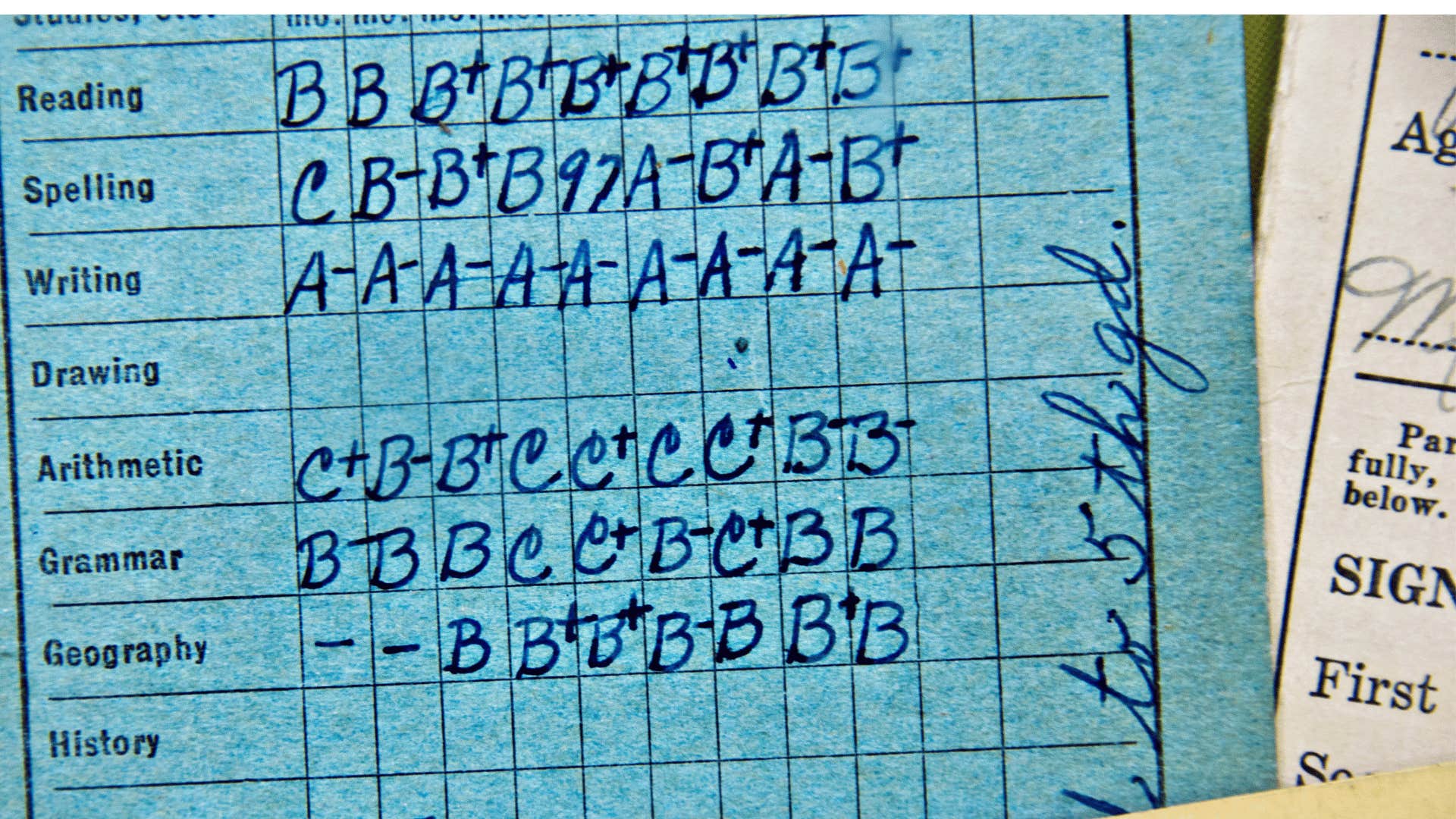 Maria Dryfhout / Shutterstock
Maria Dryfhout / Shutterstock
Today’s children have a digitally streamlined school experience. They turn in important assignments online and their grades are accessible online. They’ll never feel the terror and trepidation of having their report cards mailed home like Gen X did.
Gen X kids know what it was like to race home after school in the hopes that they could collect the mail before their parents got home. Some kids hid their report cards so their parents wouldn’t see them. Others opened the envelopes, holding them over boiling water until the adhesive loosened up. They forged their parents’ signature as proof that they’d received it. And if their parents realized that a report card never arrived, Gen X kids could use the excuse that it got lost in the mail.
10. Cleaning the chalkboard
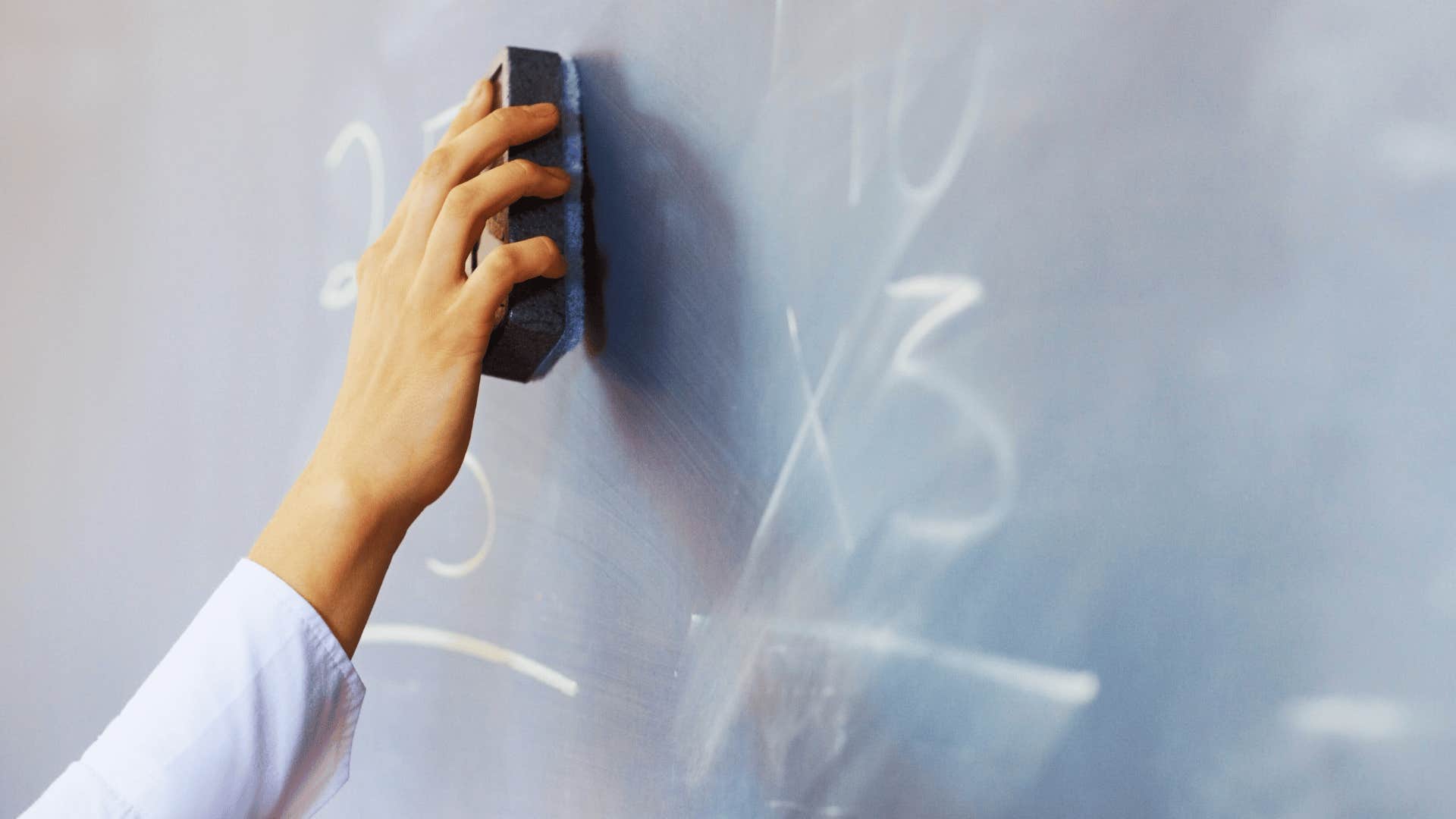 GlobalStock from Getty Images
GlobalStock from Getty Images
Of all the things that represent a retro school experience, cleaning the chalkboard could easily top that list. For Gen X kids, learning new things meant their teacher stood in front of the class and scribbled the day’s lesson on the chalkboard. They usually spelled at least one word wrong and broke at least one piece of chalk in half.
Gen X kids copied down whatever was written on the board to go over later, and at the end of the day, one kid was assigned the task of cleaning off the chalkboard. They clapped erasers together to clean them, surrounding themselves in a cloud of chalk dust. They then wiped the board itself down, careful not to leave any chalk streaks behind. The labor involved in chalkboard maintenance is unique to Gen X kids, something that children today won’t experience.
11. Putting paper covers on textbooks
 Bagus Production / Shutterstock
Bagus Production / Shutterstock
Gen X kids lived and breathed the DIY experience and their school supplies were no exception. They carried actual textbooks to and from school, and they were responsible for returning them in good shape at the end of the year.
Gen X kids protected their textbooks by making covers out of paper bags from the grocery store. They knew just how to fold the paper to fit perfectly, without any creases. They decorated the covers to represent their innermost selves, which today’s kids would call developing their personal brand.
Putting paper covers on textbooks was more than just a practical task. It was a rite of passage and an artistic endeavor that only Gen X kids got to experience.
Alexandra Blogier, MFA, is a staff writer who covers psychology, social issues, relationships, self-help topics, and human interest stories.
